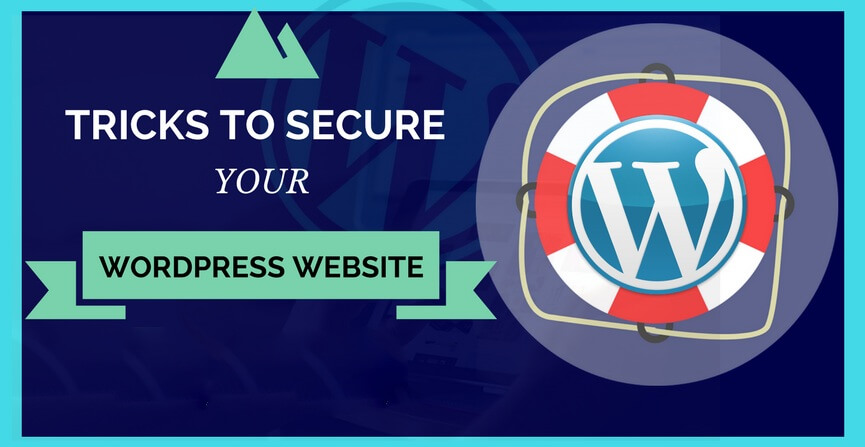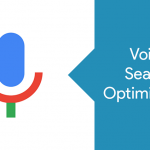
It is important to create a website with all the latest features so that the users have a great experience visiting. The onus of protecting the website also falls on the developer or the owner.
WordPress offers you some of the best security tricks that will keep your website secure and safe to a great extent. Here is the list of simple tricks you should follow to secure WordPress website 2021.
As there are a lot of threats that can hamper the effective working of the website or in some cases loss of data. The dangers keep watching on the website at all times.
It is common to hear terms likes hacker attacks, brute force, malware, phishing and what not. They are so common that it does not come as a surprise but for sure creates a lot of stress.
The website owners are now well aware that they should keep the website secure and with the ways of threats one should be extra cautious.
It is important to secure WordPress website 2021 for many reasons. The owners should realize that the small steps they take on a daily basis may be building or destroying the security of the website.
For the coming year, it is important that you should be careful and think before taking any decisions to secure your website and keep it safe from the outside attacks.
How to Keep the Website Safe?
WordPress takes into account a lot of activities that will keep the website safe. Some of these steps will help secure WordPress website 2021 and strongly protected from an operational point of view.
It is easy for hackers to get into the process of the website. They can use random accounts, send spam emails or place irrelevant ads on the page.
They can get full access to the data on the website by just changing a few files which can be detrimental to the website.
Here are simple tricks that can help you secure WordPress website 2021:-
1) Create a Website Lockdown and Ban Users
The brute force attempt can be kept in check with this step. A lock-down command for failed logins will solve a lot of attack issues.
Whenever there is an attempt to hack the website the hacker will use the wrong password until he gets the right one by chance.
The site gets locked after repeated wrong passwords and the owners get notified of this unauthorized activity. This can simply be done with the help of a plug-in and minimum 3 attempts for log-in should be allowed.
The plug-in bans the IP address from where the attempt was made and keeps the website safe from future such attacks.
2) Create a Unique Password
The importance of this one cannot be overstated. Easy passwords can be hacked in no time and then the whole website is at risk.
Change the passwords regularly. Play with them, break the patterns. Improve the strength of the password by using uppercase and numbers in them. Keep passwords for different steps as well.
This means a separate password for admin dashboard would doubly secure the website. Use password generator if you are not sure how to create a strong password for the website.
3) Use 2-Factor Authentication
Another strong way to keep away the hackers who use brute force to hack the website. The 2-factor authentication is an added layer of security on the log-in page. This is a solid protection which most of the hackers will not be prepared to face.
It adds an additional security question or a mobile generated code which will notify the original users and create a hurdle for the hacker. It can be installed with a simple plug-in.
4) Use Email as Login
Instead of having a username as a login using an email address. It has simple benefits, it is easy to identify a username but email addresses are unique and a little complicated to guess.
This does not take a lot of effort the WordPress user account is created with a unique email address this can be used as a login username. The WordPress login email plug-in works immediately after activation and does not require any configuration.
5) Rename the Login URL
When the hackers have direct access to the login URL they try to brute force their way to the website. They use guess word database and use these to hack the webpage.
The common usernames are generated which are used with different combinations to access the website. Changing the URL means that the direct access to the website is at risk.
Even when the password has changed and the username is swapped with email this strong step will ensure that the website is 99% secure from the brute attack.
6) Use SLL for Encryption
Using the Secure Socket Layer is a smart way to secure the admin panel. This codes the data that is transmitted between the browser and the server making it a safe way to protect the information.
The certification can be purchased without any hassle. The hosting firms also have suitable support for providing the certification.
You can also individually purchase the same from outside. The use of SSL has a positive impact on the ranking of the website.
7) Automatic Updates
The use of plug-in and themes are common for creating an attractive website. Many website owners manually update them which sometimes lead to loss of update opportunity.
The best way to ensure that they are updated on a regular basis as and when the update is available is with the standing instruction automatic update.
The website will then not be outdated and will be secured with latest updates. If the updates are not made on time the hackers get an opportunity to break in using the loopholes in the old system.
8) Hide the WordPress Version Number
It is easy to check the WordPress version number as it is right there in the site’s source view.
If the attacker is aware of the version you are using it becomes easy for them to tailor-build the attack. Hide this version number from all possible sourced.
It is in your hands to secure WordPress website 2021. As the site grows in popularity the risk increases and thus the web owners should take all necessary steps to keep the site protected from malicious attacks.


